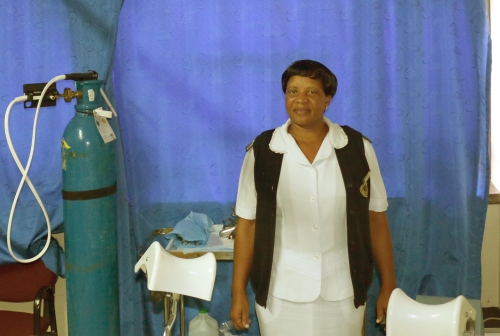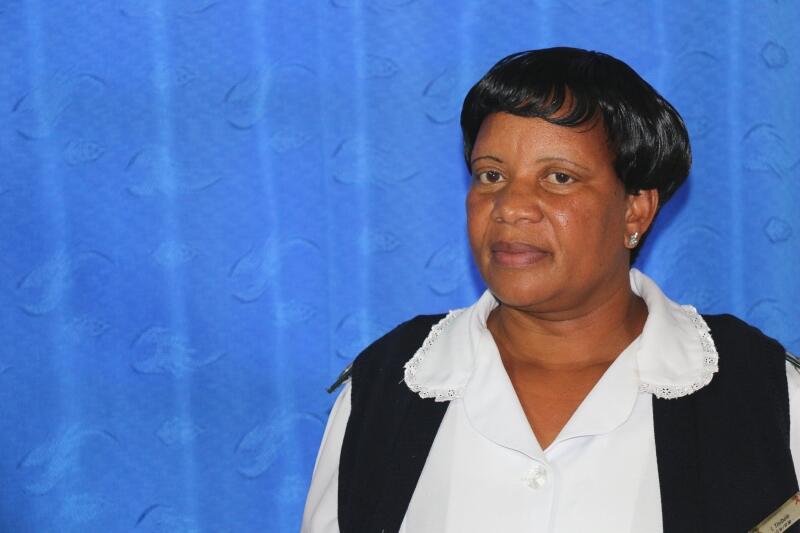“As a young nurse, I saw a young woman go through a difficult labour. She was in intense pain. At the time I knew little about delivering a baby. She was crying out non stop as I attempted to make her a little comfortable," recounts Sister Idah Tisibele, 48, a Registered General Nurse (RGN) and Midwife.
"At some point she asked for water to drink and soon after she drank it, she stopped screaming and lay quietly, breathing normally. I was relieved and thought the pain had subsided. Moments later a senior colleague proceeded to check on her and to my surprise she immediately called for help.
"The patient had a raptured uterus. She was immediately taken into theatre for an emergency Caesarian. Sadly it was a still birth and the woman died. I wish I could have done more. I think that is the moment I made the decision to become a midwife.”

Sr. Tisibele is a Registered General Nurse (RGN) and Midwife at Chinhoyi Provincial Hospital (CPH), Chinhoyi town, in Zimbabwe’s Mashonaland West Province, 120kms from Harare. Here she heads the Cervical Cancer Screening Unit in the hospital’s maternity ward.
Enhancing her skills
Just before the turn of the century, as a young nurse’s aide with basic training, Sr. Tisibele was assisting the nurses and doctors in the same ward of the hospital where she works today. After five years of watching and learning from senior colleagues, she decided to take the three-year nursing diploma at CPH, graduating as an RGN in 2005, and is now able to continue to do what she describes as “a calling to care for others” - with enhanced skills.
Though she was happy doing her work, the feeling of wanting to do more never left her. The unfortunate maternal death she witnessed as a
young RGN remains her most upsetting experience and is the reason she is extremely careful with and attentive to each and every patient. But two further incidents made it absolutely clear to her that she was meant to be a midwife.
I explained to her the danger of a delay in reaching a health facility and receiving care. Fortunately she saw reason. - Sister Idah Tisibele
She recounts how she came across a woman sitting by the roadside in evident pain. “She was visibly pregnant, so straight away I advised her to go to a health facility. She refused, insisting that she had to cook some sadza first and make other preparations. I explained to her the danger of a delay in reaching a health facility and receiving care. Fortunately she saw reason and immediately left for the hospital whee she had a safe delivery.”
Safe birth a memorable experience
On another occasion, she met a woman in labour who was unwilling to go to a health facility. “She feared the nurses would be impatient with her if she went in early and had a prolonged labour. So I convinced her to allow me to do a quick check. She was dilated by six centimetres and in need of medical attention. She eventually made it to the clinic just in time to deliver.”
The two events served to motivate her to enroll at Howard Midwifery School from 2011 to 2012, and fulfil her goal of becoming a midwife. “Seeing a healthy baby and a healthy mother after my first delivery remains the most memorable experience I have had as a midwife,” she says.
With support from UNFPA, in 2013 Sr. Tisibele received training in Visual Inspection with Acetic Acid and Cervicography (VIAC) Cervical Cancer Screening and Management. And now that she is working in the cervical cancer screening unit, she says her midwifery skills are proving to be all the more useful.
By Margret Masanga



